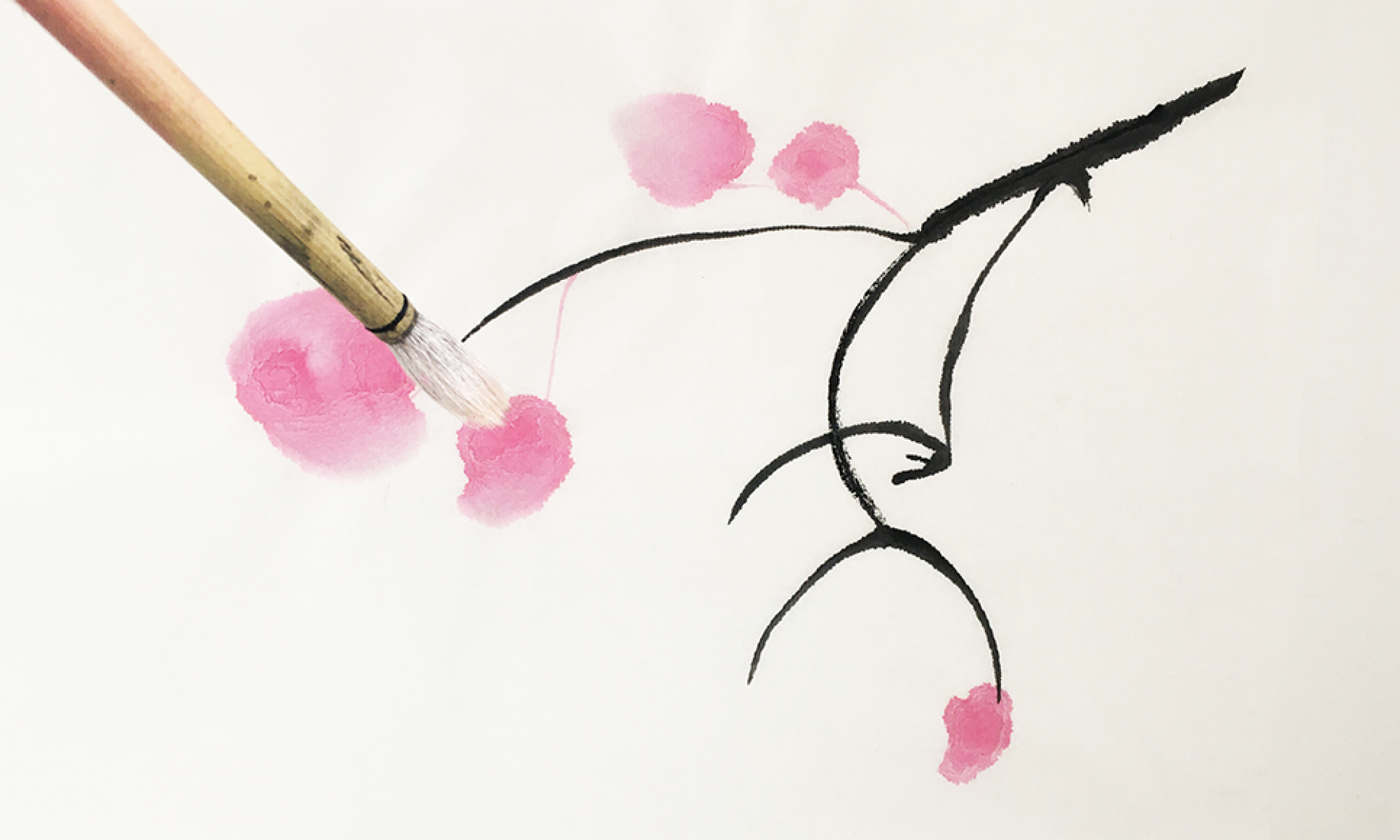I was taught a meditation technique that centered on the breath. Big Deal right? Pretty much most traditions have a ‘beginner’ technique of “following the breath”, often the sensation on the tip of the nose, or trunk of the body.
As taught to me there were some notable (I won’t say “unique” or “different”) characteristics:
- Biomechanically is a “belly breath” like a child or animal. In western biological lingo: “diaphragmatic breath”.
- experience the stillness in the turn of the breath. What is in the moment at the bottom of the breath? What is in the moment at the top of the breath? You may experience an expansive space that remains even when your next in/out breath
- visualize the movement of the breath in and out of the body (I can go further but for now it’s an imagination or creativity.
- experience any interoceptive sensations, either biomechanical or “energetic”.
But sitting on the cushion is only 1/30 or 1/40 of our day so we were taught to stop and return to this breath and experience whenever possible during the day.
I don’t find this particularly appropriate as the needs of the day change: climbing stairs, swimming laps, conversations, doing push-ups – but you can observe what the “right” breath is at that moment. The ancients didn’t pull a cushion and “meditate” but they probably did sit in stillness for hours waiting for their next meal to arrive at the watering hole.
I recently enjoyed a talk by Simon Thakur that shed light on why aboriginals often describe that the tribe was part of the landscape. No greater, not a dominator, but a part. Simon contends that humans had mirror-neuron-like experiences of the movement of animals and plants in order to silently, internally, interoceptively know that the rustle in the bush was predator, prey or just the wind. That a splash is moving river was the fish they sought. That the shape of an animal print in sand or mud showed the animal’s emotional state at the time.
I digress. The point is that meditation is a formal practice to re-instate something humans have lost. In this presentation, I propose that the Meditation is a western hijack.
I propose some drivers for this:
- It suits the new atheists like Sam Harris to make think pieces and products and seminars that pull in a secular crowd to something previously excluded because eastern “woo” is less suspicious than western woo or scientistic woo.
- Mindfullness is big business – at the time of writing both Headspace and Calm are apparently valued at more than $1Billion. Products that profit still
- Critics assert that western “concensus buddhism” is a psychologised, disembodied version that suited the analysts and therapists that needed a new trick to wallpaper over the cracks of Freudian treatment protocols. This is well-covered Anne Gleig’s American Dharma and by many others
- Baby boomers want to atone for their materialistic conditioning without relinquishing their acquisitions, privilege or position.
- The relentless growth of New Age, the Secret and self improvement works its way through the entire culture in primarily an “idea” form.
As mentioned at the top, breath is included (in some way) in all these western unbundled practices. But has its central importance been pushed to the edge? Has it been relegated to a mere component of psychological perspective?
I’m still digressing. The actual point is that apart from keeping us alive (remember that?), breath is about the best no-bullshit intelligence that you have. Better than any teacher, than any book, than any blog/wiki post.
If you are breathing shallow, have a pain in your solar plexus, breathing into the chest, have no rest at the turn of the breath, no awareness of the breath – then that tells you are 100% normal. Also 100% insane. (Eckhardt Tolle joke).
I find some interesting learnings about the by-products of “appropriate” breathing.
Nasal Breathing
I had an operation for a deviated septum, I probably need to get another. During aerobic activity I need to mouth-breathe (or when I have a cold) – I suspect this is a real achilles heal for me. I get throat problems, flus attack me there first, mucus production. Shit, I better sort this out.
Listen to people like Paul Chek and its clear we must prioritise nasal breathing, it offers:
- filtering of harmful airborn particles. Why would you want them in your throat? (blowing nose or using Neti-style flushing is good – the latter apparently should be avoided if you are already deeply congested)
- Para-sympathetic activation – if you are a startup founder or in fact most people, its likely you have excess stress, adrenal/cortisol activity. This is an overactive “sympathetic” nervous system. Apparently nasal breathing activates para-sympathetic or relaxation response. See also Vagal nerve.
Vagus Nerve
I mentioned earlier this presentation that covers a little on significance of the the 10th cranial nerve (vagal) that covers a vast amount of the trunk and organs contained. You can think of the vagus nerve as being a bi-directional super-highway for trunk/brain communication.
Belly (diaphragmatic) breathing massages the vagus nerve – everyone knows that a deep breath (or 3) is central to kicking off relaxation. The vagus stimulation is one mechanic in that process. I’d love to spend all my time studying/practicing breath and the vagal system. I hope to get there one day.
Heart Rate Variability (HRV)
Again this presentation covers the relationship between vagus nerve and heart rate variability. HRV is more important than you think in regards to healthspan, if you have any doubts, then check out how you can win $500K if you figure it out first. Clue: maybe its breath related.
Oura Ring

